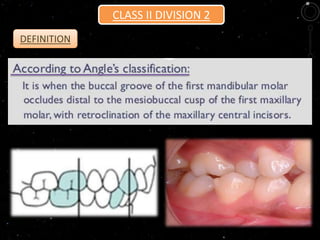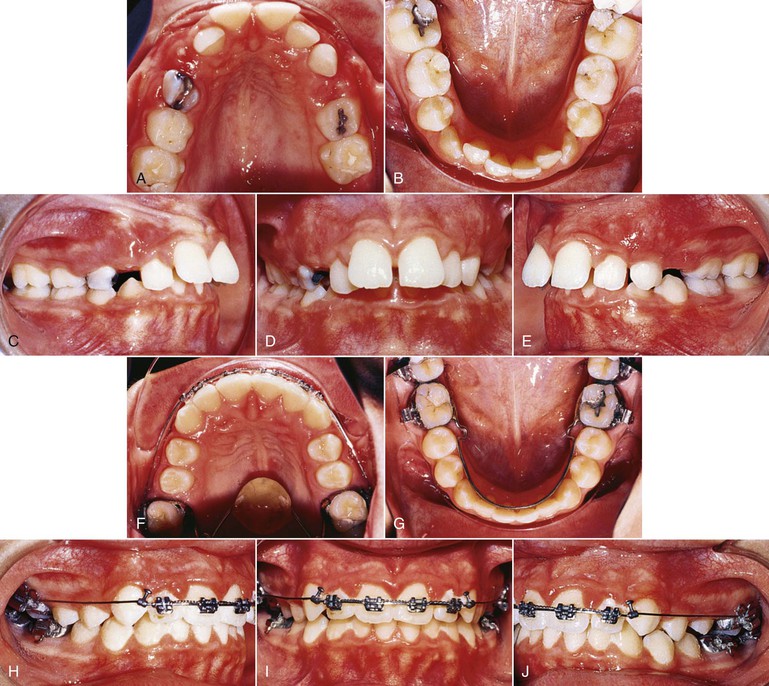class ii division 2 subdivision
Class II Division 2 Subdivision Malocclusion in an Adult Patient treated with the Forsus Fatigue-resistant Device placed Unilaterally Contemp Clin Dent. 1 All of the above criteria as stated for the Class II1 group.
2 Maxillary central incisor to Sella-Nasion line.

. Class II Division 2 subdivision left malocclusion associated with anterior deep overbite in an adult patient with temporomandibular disorder. CClass II Division 1 Subdivision. IJOI 35 iAOI CASE REPORT 65 Crowded Class II Division 2 Malocclusion with Class I Molars Due to Blocked In Lower Second Premolars IJOI 35 Dr.
Brezniak 8 identifiedpathognomonic cephalometric. A long-term evaluation of treated Class II division 2 malocclusions. Class II Division 2 subdivision left malocclusion associated with anterior deep overbite in an adult patient with temporomandibular disorder Ivan Toshio Maruo1 The orthodontic treatment of patients with chief complaint of temporomandibular disorders TMD presents doubtful prognosis due to the poor correlation between malocclusions and TMDs.
The upper incisors were upright and the lower incisors normally inclined. Class II subdivision represents 50 of all Class II malocclusions with responsible primary factor being a deficient mandible caused by either a reduced height of the ramus or a reduced length of the mandibular body on the side of the Class II. A short summary of this paper.
Several articles have investigated and discussed the development of this asymmetric molar relationship in Class II subdivision cases28 According to results derived from two-dimensional imaging studies most Class II subdivision malocclusions are dentoalveolar in origin while a skeletal contributiondue to an asymmetric mandibleseems to exist in only. Class II subdivision malocclusions were grouped into 3 main categories. A 10-YEAR-OLD PATIENT SHOWS A DISCREPANCY IN THE MIDLINES OF MAXILLARY AND MANDIBULAR DENTITIONS IN OCCLUSION.
Skeletal Class II division 2 Mandibular deficiency Class II div 2 with a small mandible the decreased size is localized more to the mandibular body Mandibular Ramus is of normal lenght Cephalometrically. Hsin Yin Yeh Diplomate International Association for Orthodontists Implantologists middle Dr. BClass II Division 1 malocclusion.
Class II locations are divided into three groups EFG. The class II division 2 differs from division 1 by the following characteristic. What makes Class 2 Division 2 HVAC Unique.
The discrepancy between the upper and lower teeth does not match the discrepancy between the upper and lower teeth where the molars and canines are located red and blue arrows. Authors Oscar Mario. Cdeviation of the mandible on closure.
THIS MAY BE THE RESULT OF A asevere closed bite condition. Class II division 2. Class II division 2.
162 years40 Class II division 1 mean age. The largest category was mandibular asymmetry. The ignition temperature of the dust the electrical conductivity of the dust and the thermal blanketing effect the dust can have on heat-producing equipment such as lighting fixtures and motors.
Class 2 Division 2 also commonly written with a Roman numeral Class ii Division 2 represents an area where combustible dust may be present in quantities sufficient to ignite or explode. The upper incisors are tipped backward and hide the fact that. 1 Flat mandibular plane 2 Increasesd posterior facial height 3 Short lower anterior facial height resulting in both upper and lower lip having a more everted.
Patients with Class II subdivision malocclusions have long been a treatment challenge for clinicians1 2 Treating asymmetric malocclusions is inherently more difficult than treating symmetric malocclusions since symmetry in 1 arch or both arches must be reestablished usually with asymmetric extractions mechanics or surgery. A retrospective study model analysis. Class II location groups are determined by.
3 Mandibular plane to Frankfurt horizontal angle. Class II Division 2 subdivision le n ormal overjet an- terior deep ov erbite with a deep mandibular curve of Spee and extruded mandibular incisors and canines. Full PDF Package Download Full PDF Package.
Prologue Patients with Class II subdivision malocclusions have Class I characteristics on one side and Class II characteristics on the other primarily because of the distal positioning of the mandibular first molar in relation to the maxillary first molar on the Class II side. A class II division 2 malocclusion is a subdivision of the Angle class II classification and is defined by a class II division 2 incisor relationship with the incisal edges of the mandibular incisors occluding posterior to the cingulum plateau of the maxillary central incisors which are retroclined. Both arches exhibited mild-to-moderate crowding.
4 Overjet 4 mm. The present case report describes the treatment of an adult patient with Angle Class II Division 2 subdivision left malocclusion associated with anterior deep overbite and TMD. Measurements were performed on dental casts of 40 mild Class I malocclusion mean age.
For the Class II Division 2 subdivision group included. In most patients with Class II subdivision malocclusion the maxillary dental midline is. Typically there is an increased.
BClass II Division 1. Chris Chang Publisher International Journal of Orthodontics. Sophia Pei-Wen Shu Instructor Beethoven Orthodontic Course left Dr.
Interesting trends were noted with regard to treatment strategies midline and molar corrections and mandibular incisor proclination. Just as in Class I Division 1 and 2 the subdivision of Class II into Divisions 1 and 2 identifies the likelihood that there is an explosion hazard. Division 1 locations are defined as an area where the amount of combustible dust is either suspended in the air or accumulated on surfaces in a sufficient concentration to allow for ignition.
DClass II Division 2. A Class II division 2 malocclusion was associated with a severe overjet and 100 deep bite due to moderately supraerupted upper incisors and excessively supraerupted lower incisors. Class II Division 2 Malocclusion.
Dust may be suspended in the air in quantities sufficient to ignite under abnormal operations or when combustible dust. This case was presented to the Brazilian Board of Orthodontics and Dentofacial Orthopedics BBO as part of the requirements to obtain the title of BBO Diplomate. The European Journal of Orthodontics 1999.
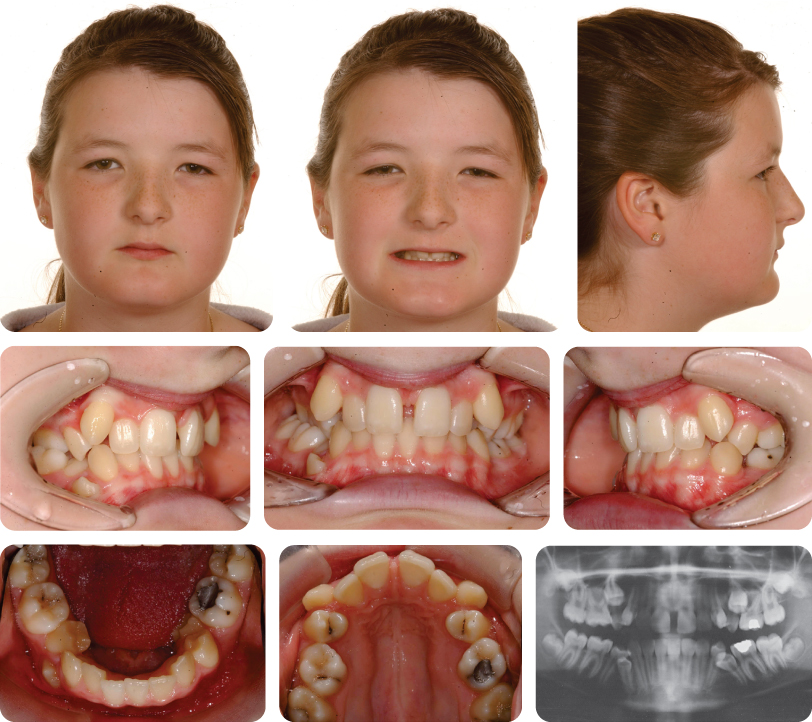
5 Class Ii Division 2 Malocclusion Pocket Dentistry

Class Ii Division 2 Subdivision Malocclusion In An Adult Patient Treated With The Forsus Fatigue Resistant Device Placed Unilaterally Antelo Om Bosio Ja Saga Ay Meira Tm Tanaka Om Contemp Clin Dent

Pdf Class Ii Division 2 Subdivision Left Malocclusion Associated With Anterior Deep Overbite In An Adult Patient With Temporomandibular Disorder Semantic Scholar
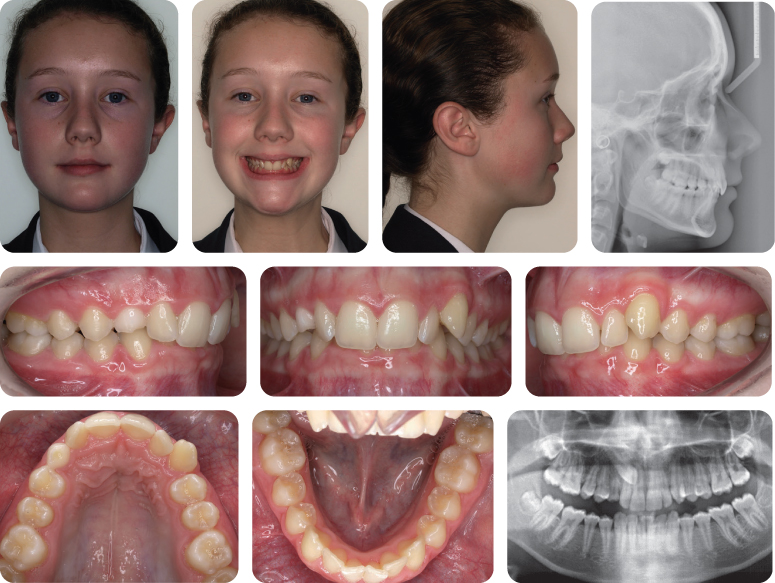
5 Class Ii Division 2 Malocclusion Pocket Dentistry
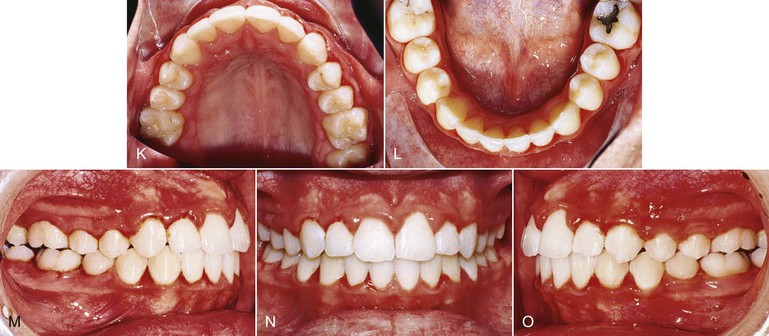
12 Nonextraction Class Ii Correction Pocket Dentistry

Large Preview Of 3d Model Of Dietrich Activity Center Activity Centers Dome Activities

Taffgoch 3d Warehouse Paper Lamp Novelty Lamp Dome House

Pin On Wwii Helmets M1s With Graffiti
Class Ii Division 2 Subdivision Left Malocclusion Anterior Deep Bite And Tmd

What Are Scale Balance Accuracy Classes Divisions What Is Scale Class Division

Pdf Class Ii Subdivision Correction With Clear Aligners Using Intermaxilary Elastics

Pdf Treatment Of Class Ii Division 2 Malocclusion With Miniscrew Supported En Masse Retraction Is Deepbite Really An Obstacle For Extraction Treatment Semantic Scholar
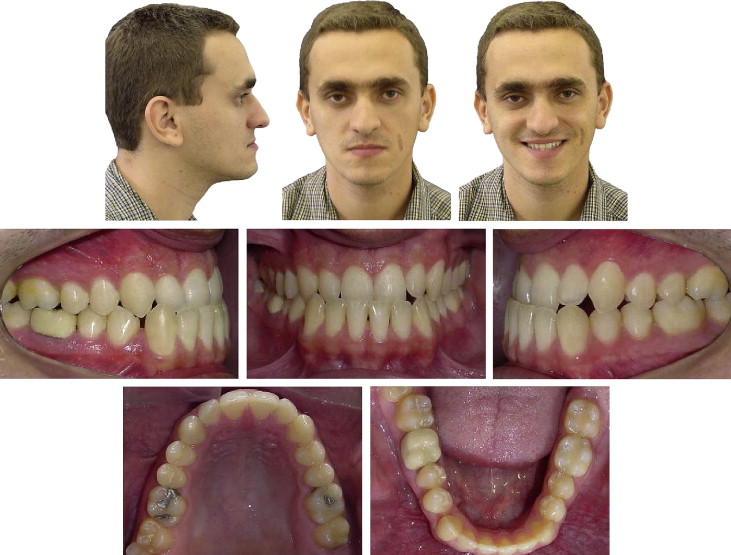
Class Iii Subdivision Malocclusion Corrected With Asymmetric Intermaxillary Elastics Pocket Dentistry



